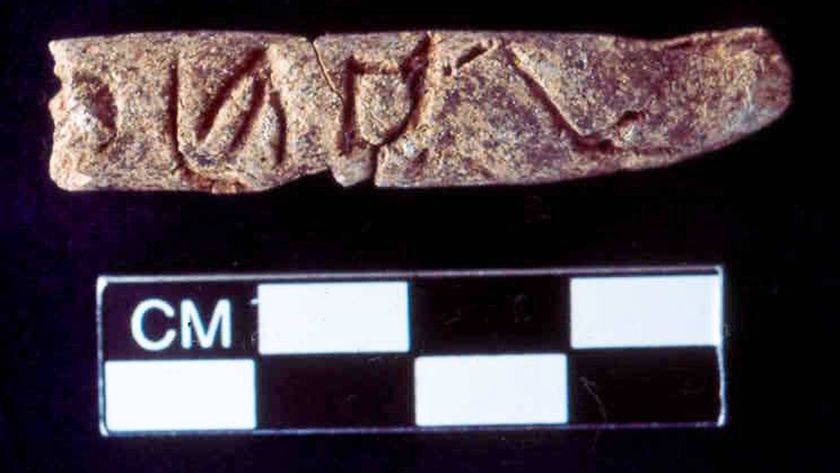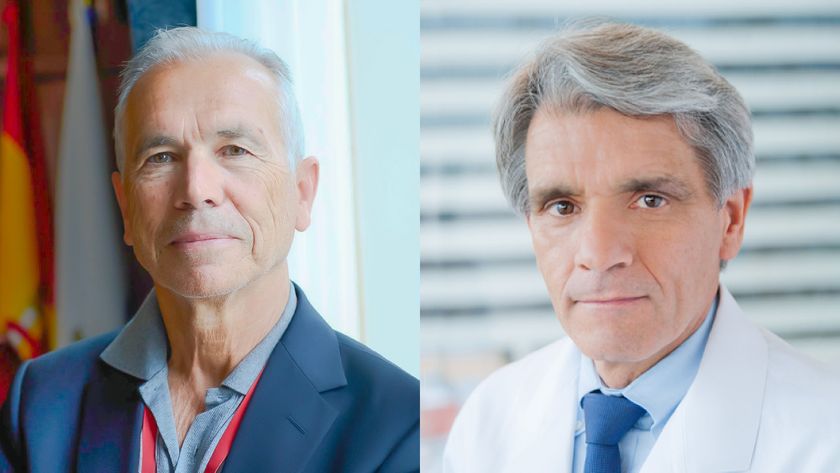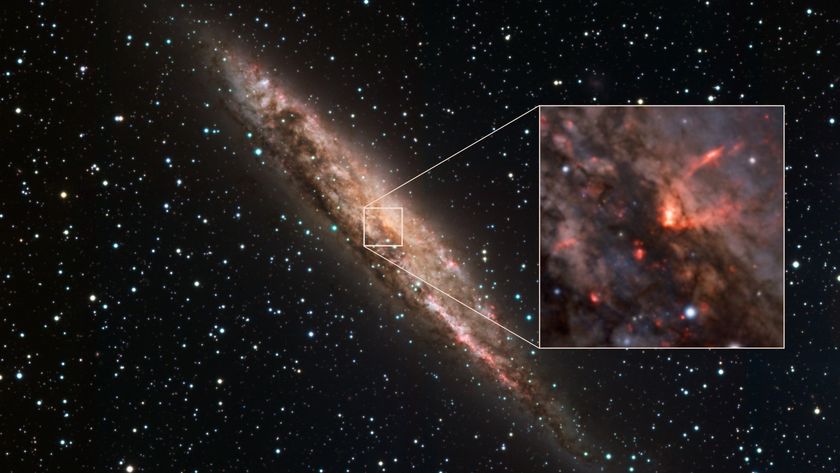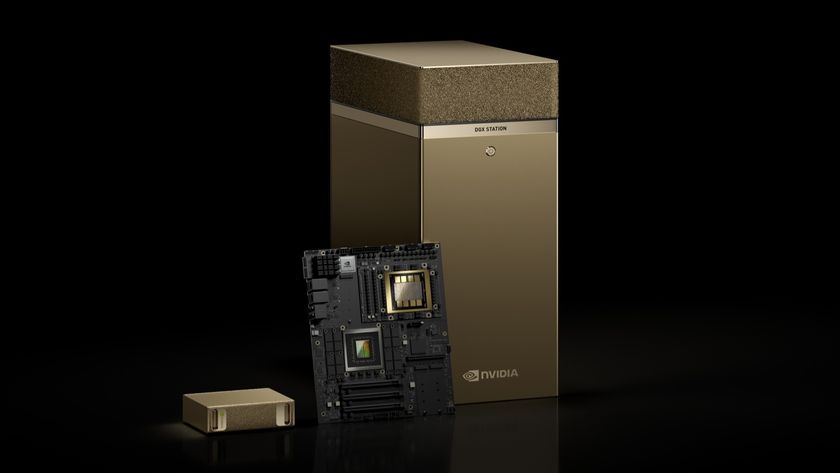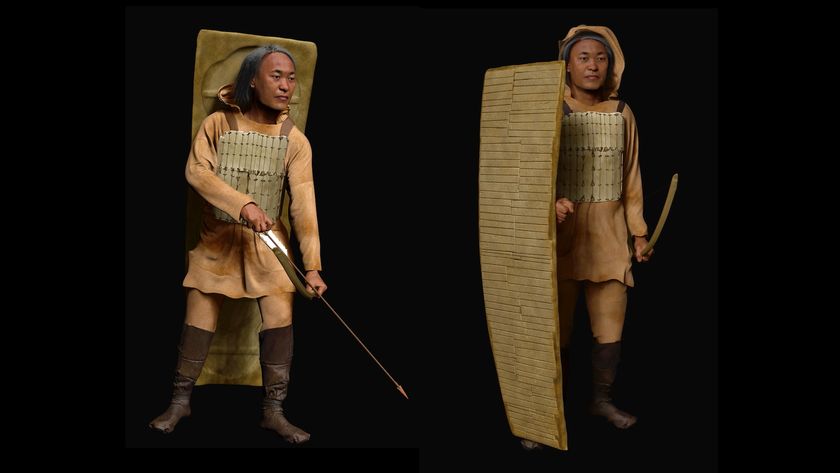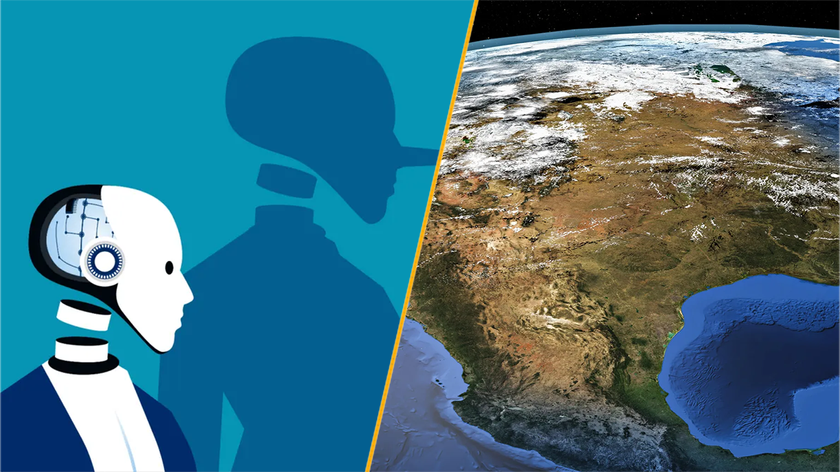Surprising Skin Cancer Risk: Too Much Driving
Long hours behind the wheel may increase the risk of skin cancer, according to a surprising new study.
Facial skin cancers were found to occur more often on the left-side — the side that's next to the window while driving — among a group of about 1,050 patients in Saint Louis. The findings were most significant for men.
While the results show only an association (not a cause-effect link) and would need to be replicated in a larger population to be viewed as firm, they call attention to what might be overlooked by otherwise sun-conscious citizens — exposure to UV rays through the car window.
"Drivers need to be aware of the amount of sun exposure they receive behind the wheel," said study researcher Dr. Scott Fosko, chair of dermatology at Saint Louis University School of Medicine. "The cumulative effect of being exposed to the sun builds up over many years."
Sunlight is mostly made up of two types of ultraviolet rays: UVA and UVB. Exposure to UVB causes sunburn, and these rays are also responsible for the most common form of skin cancer — basal cell carcinoma, which is rarely deadly and mostly only disfiguring, and squamous cell carcinoma, which can turn deadly about 1 percent of the time.
UVA penetrates the skin more deeply and causes wrinkling. Recent research, however, has found that UVA exacerbates the carcinogenic effects of UVB and might cause skin cancer itself.
While windows protect against UVB rays, they do not protect against UVA rays.
Sign up for the Live Science daily newsletter now
Get the world’s most fascinating discoveries delivered straight to your inbox.
The study reviewed cases of patients who came into the university's dermatology department in 2004.
Overall, about 54 percent of cases of skin cancers on the head and neck occurred on the left side. In men, these cancers occurred nearly 56 percent of the time on the left, while in women they occurred on the left about 52 percent of the time. Melanomas, the most deadly form of skin cancer, occurred on the left side 74 percent of the time in the entire group.
Fosko recommends wearing sunscreen that blocks both UVA and UVB rays (which should be on the label) every day to avoid skin cancer. Defense against premature wrinkling and aging of the skin are also added benefits of sunscreen application.
Windows with tinted glass and UV filters also helps reduce the amount of UVA rays that hit your skin. In addition to sunscreen, Fosko recommends drivers to wear protective clothing whenever possible.
"Professional drivers learn to wear proper safety equipment be it gloves, steel-toed boots or safety glasses when appropriate," Fosko said. "Sunscreen should be added to the list. An ounce of sunscreen applied as prevention on the road can be worth a lot of time and expense parked in a doctor's office later on."
The study will be published in a forthcoming issue of the Journal of the American Academy of Dermatology.


